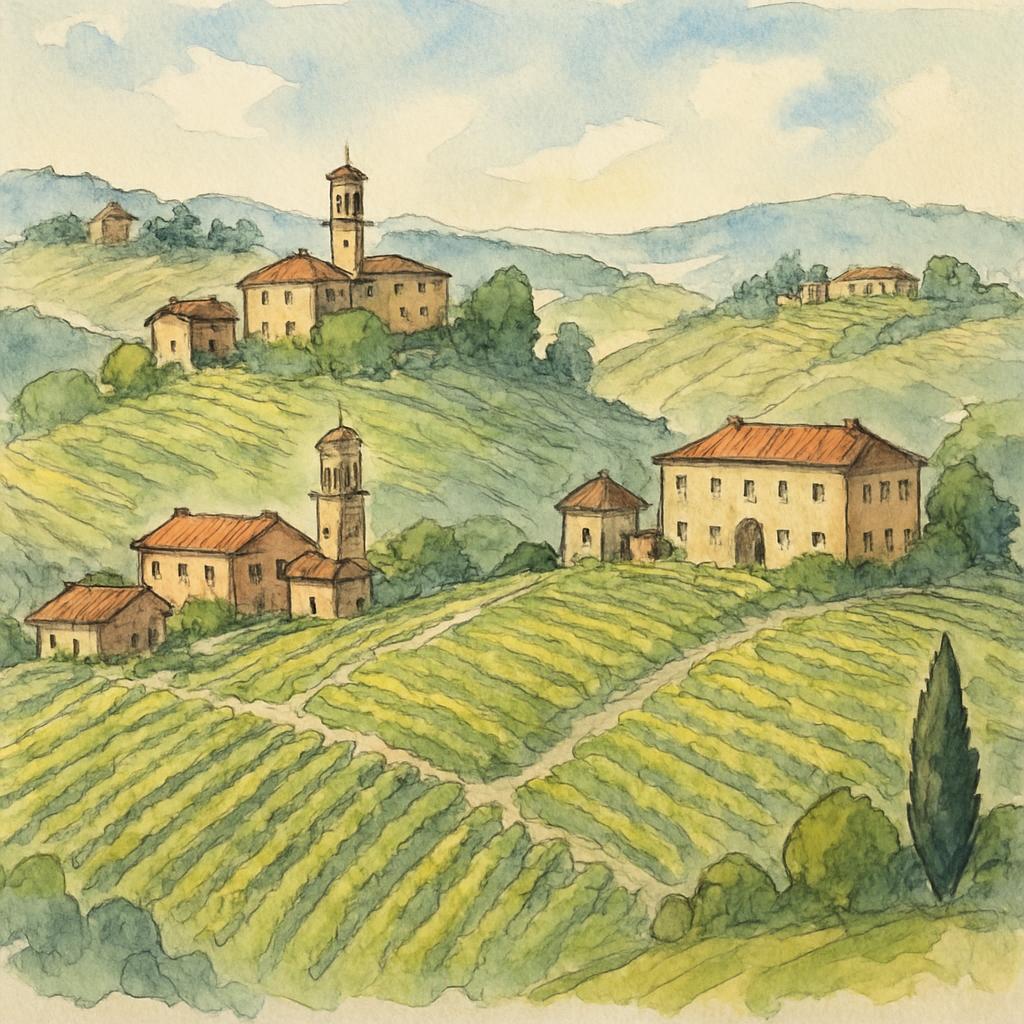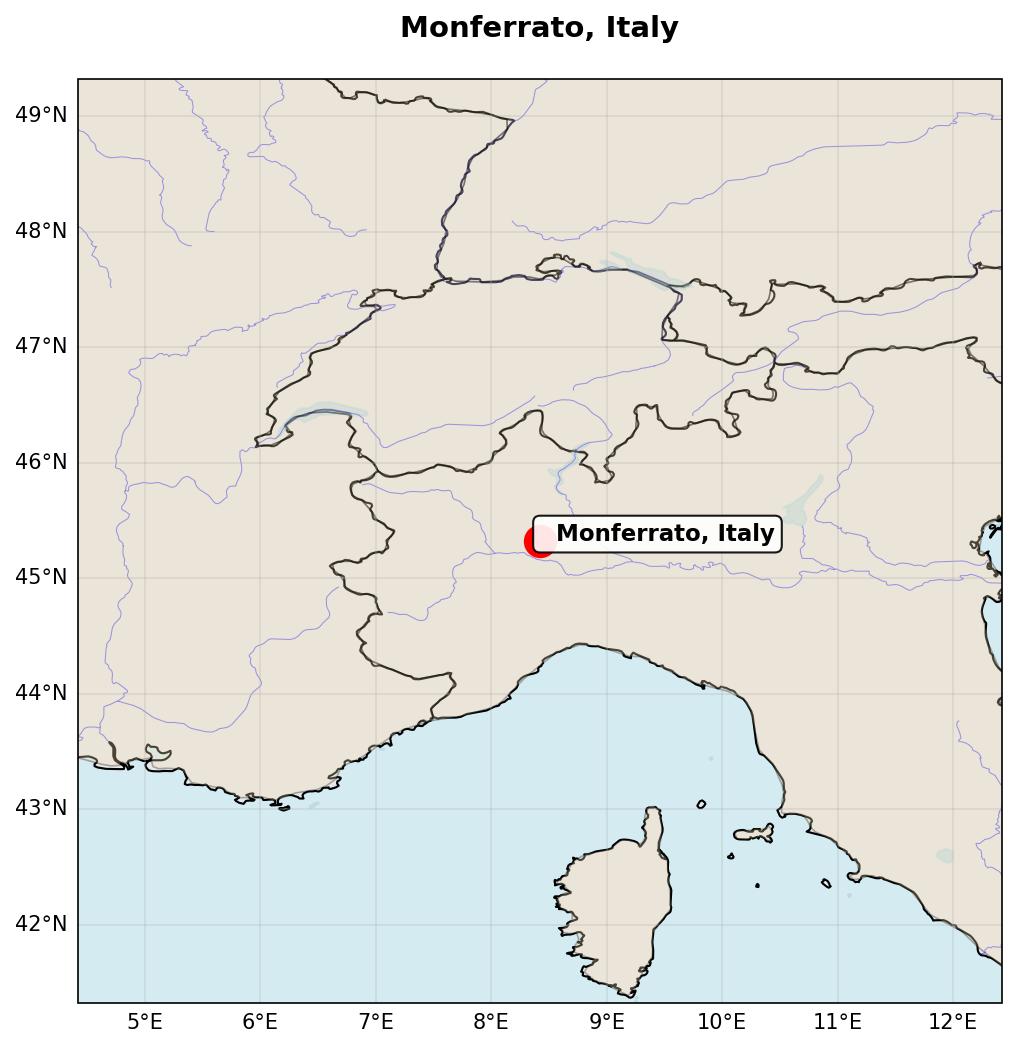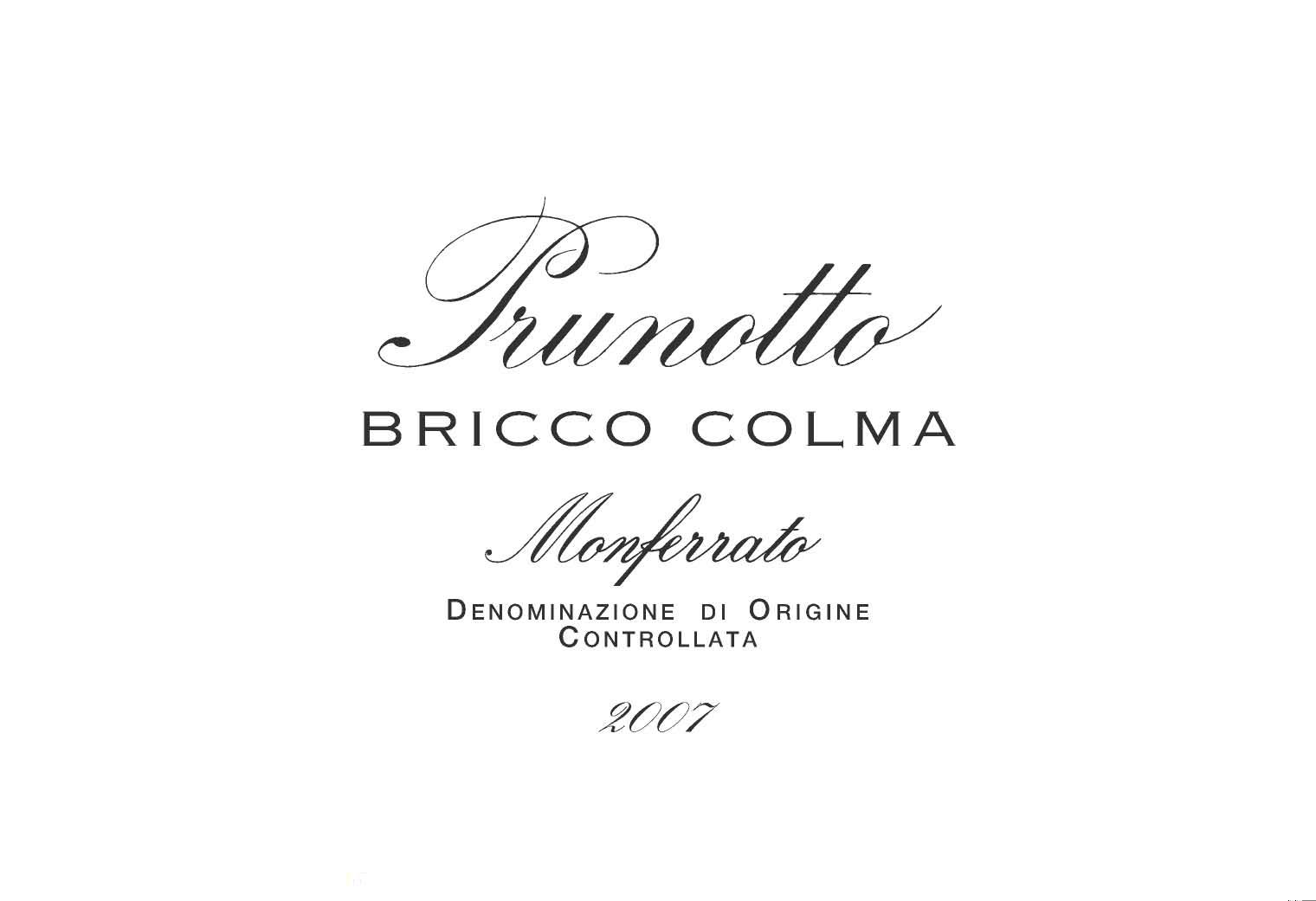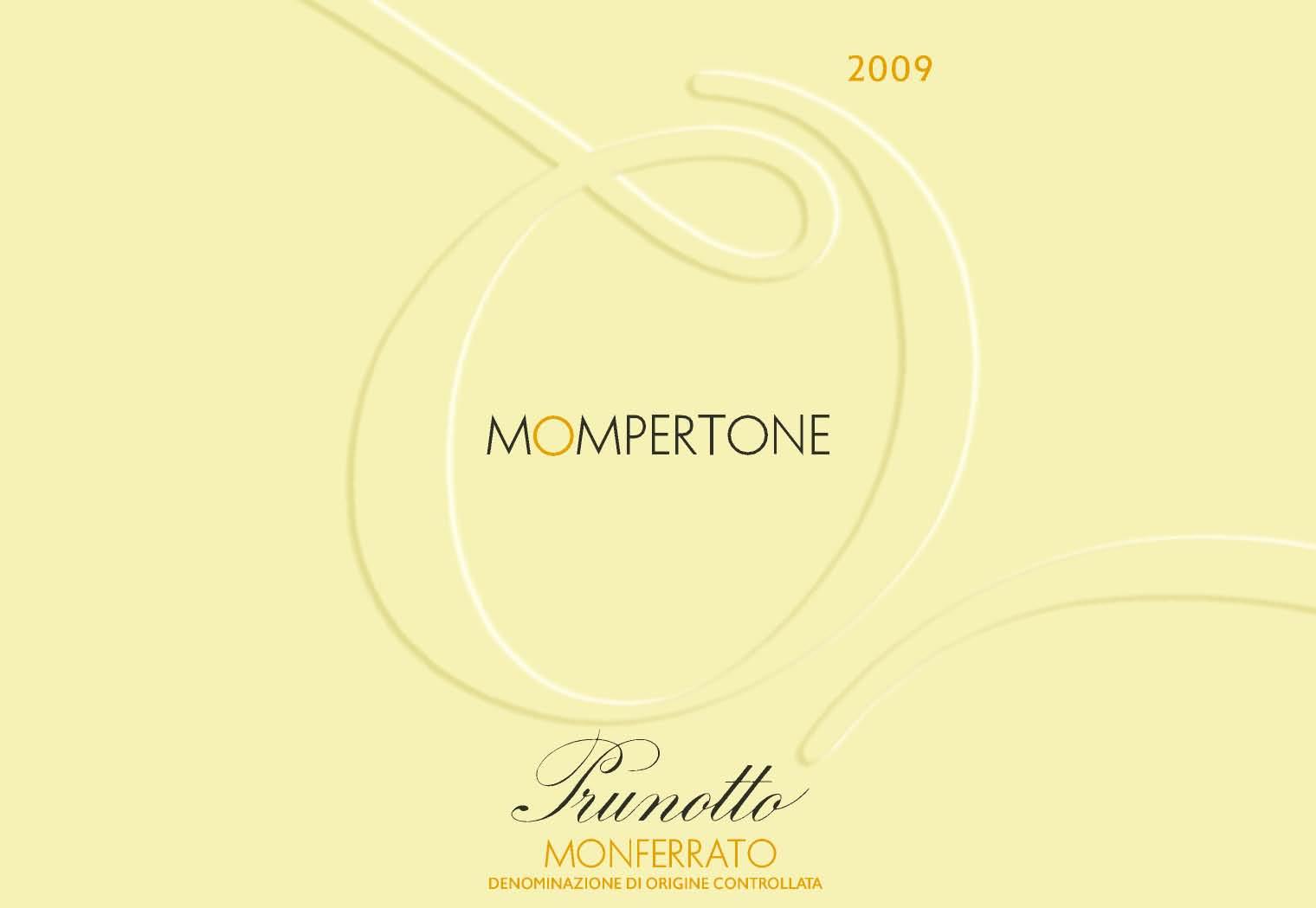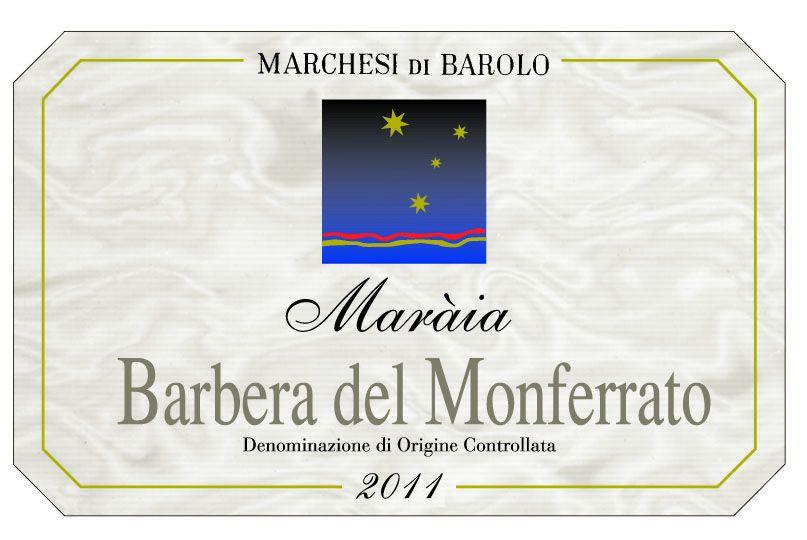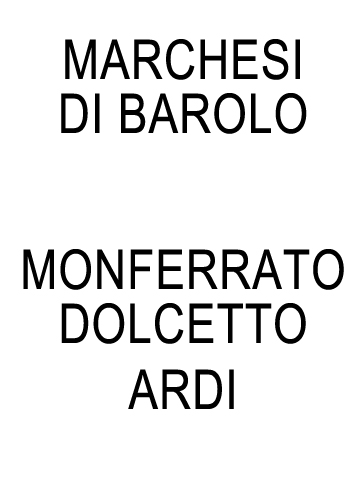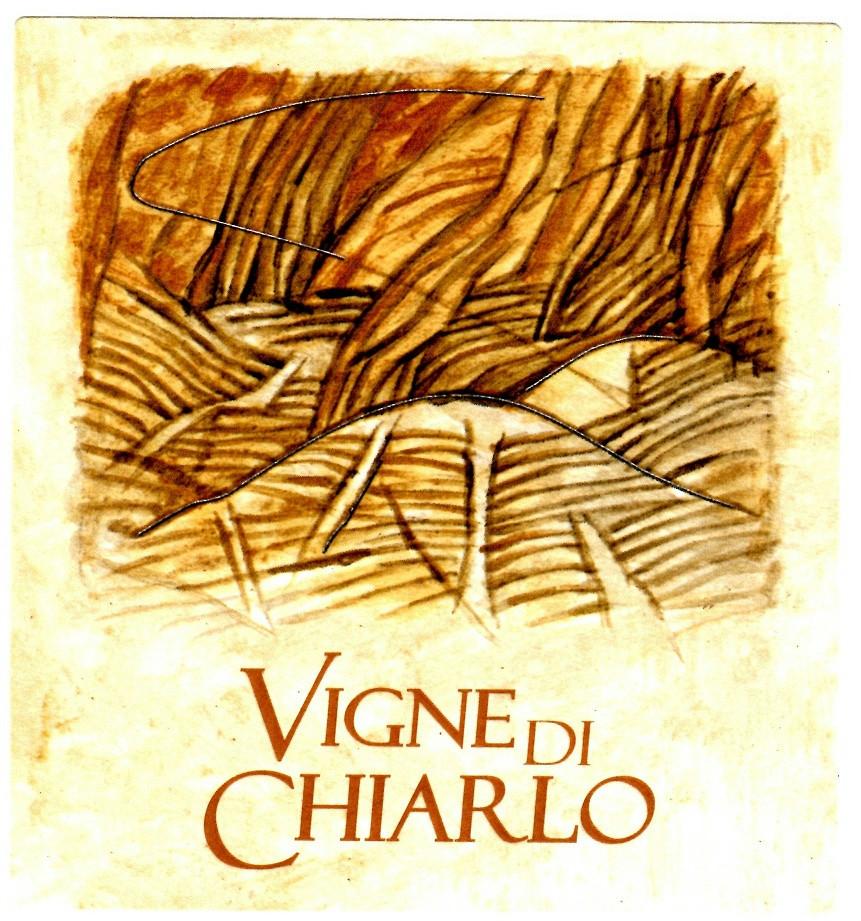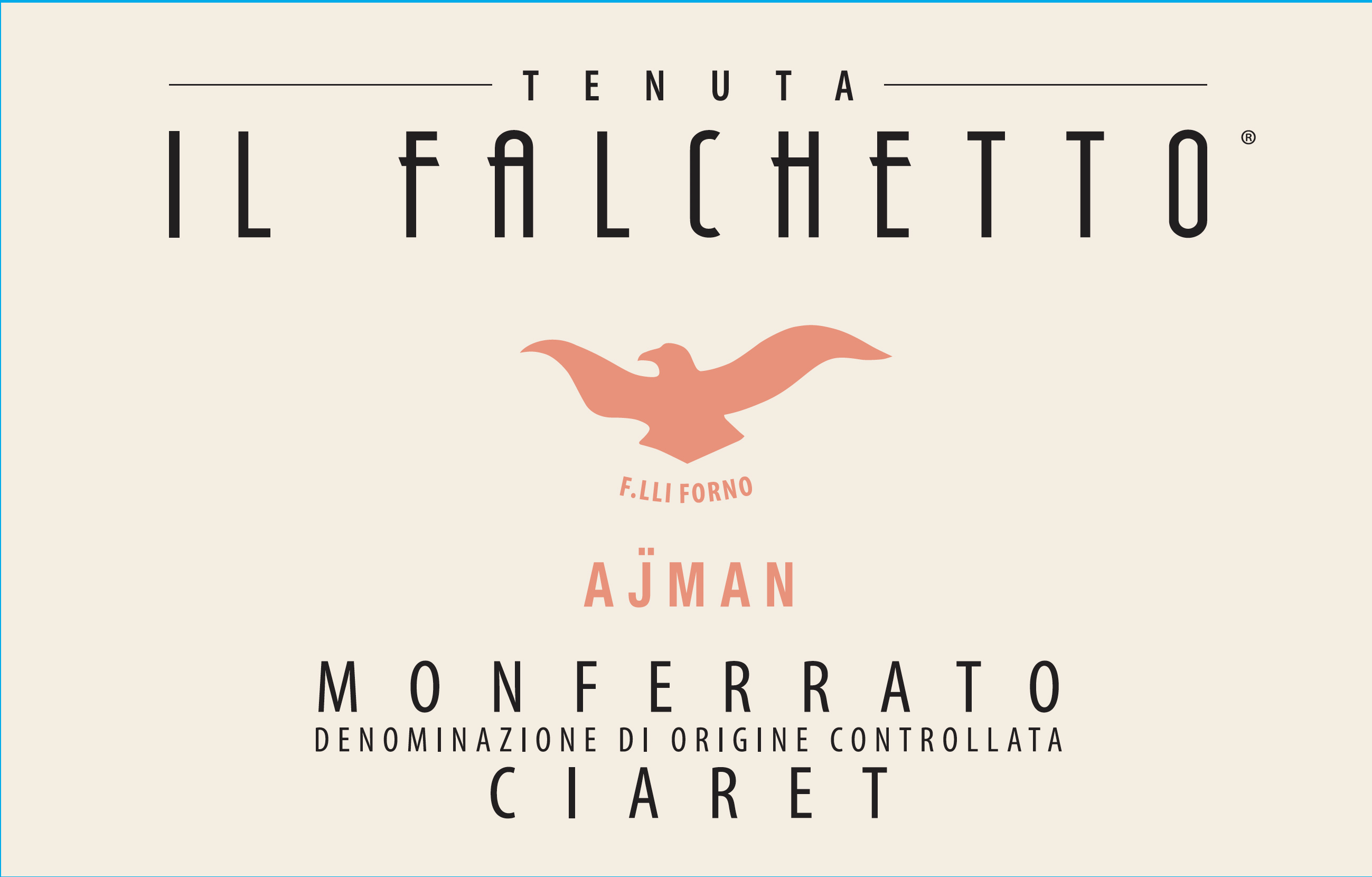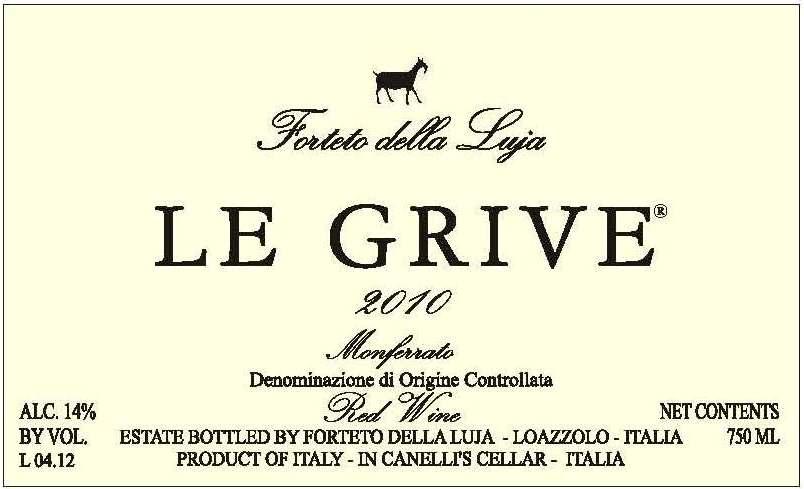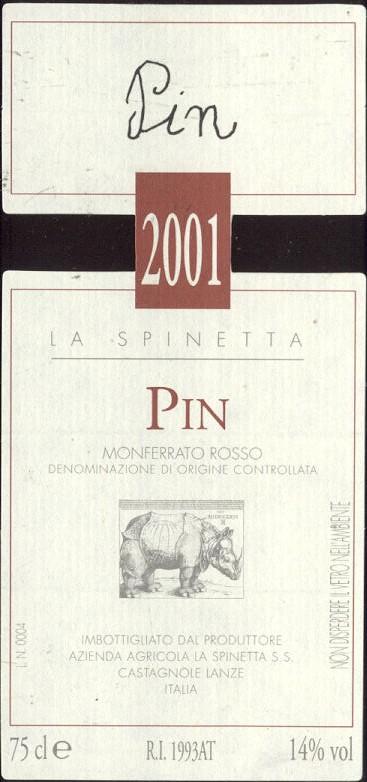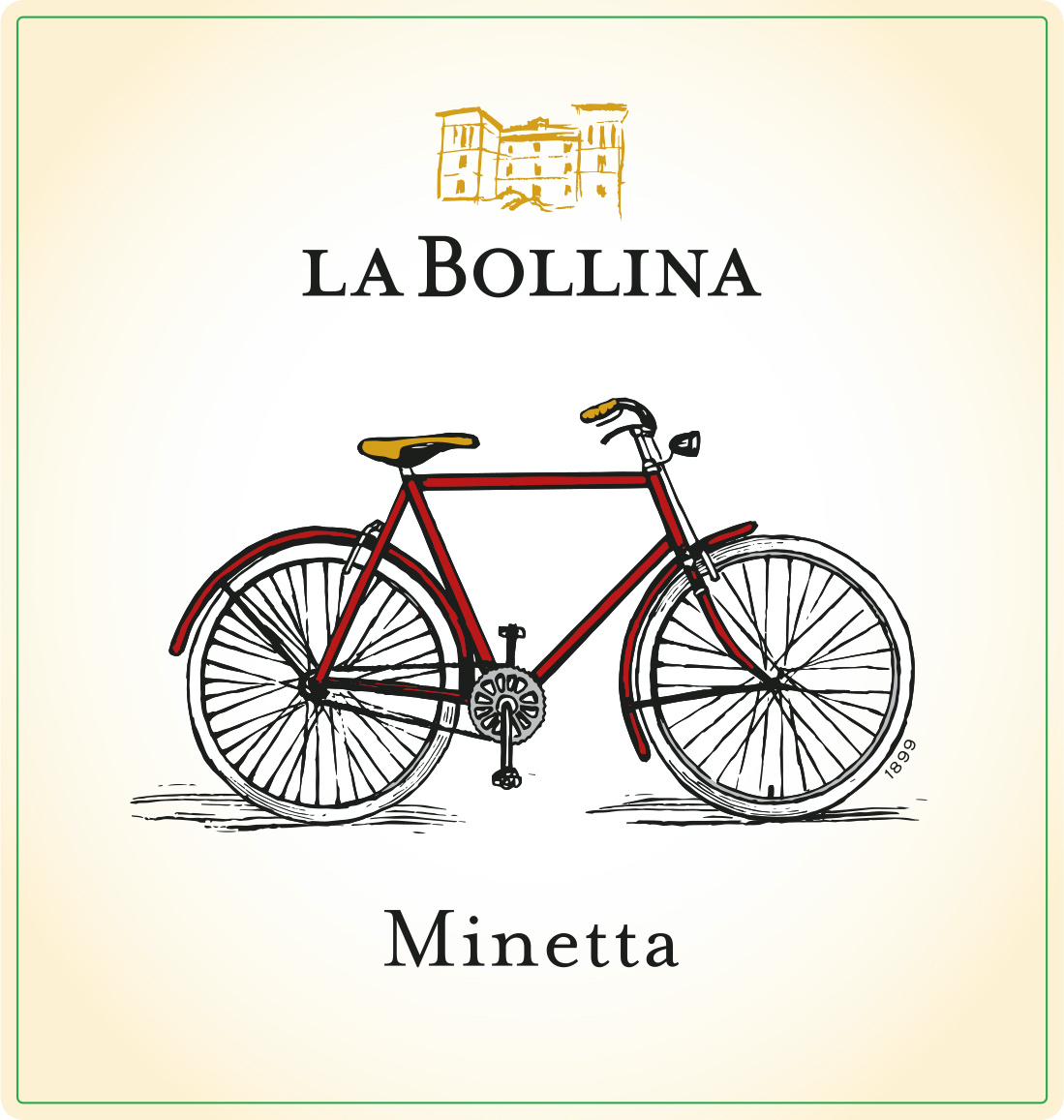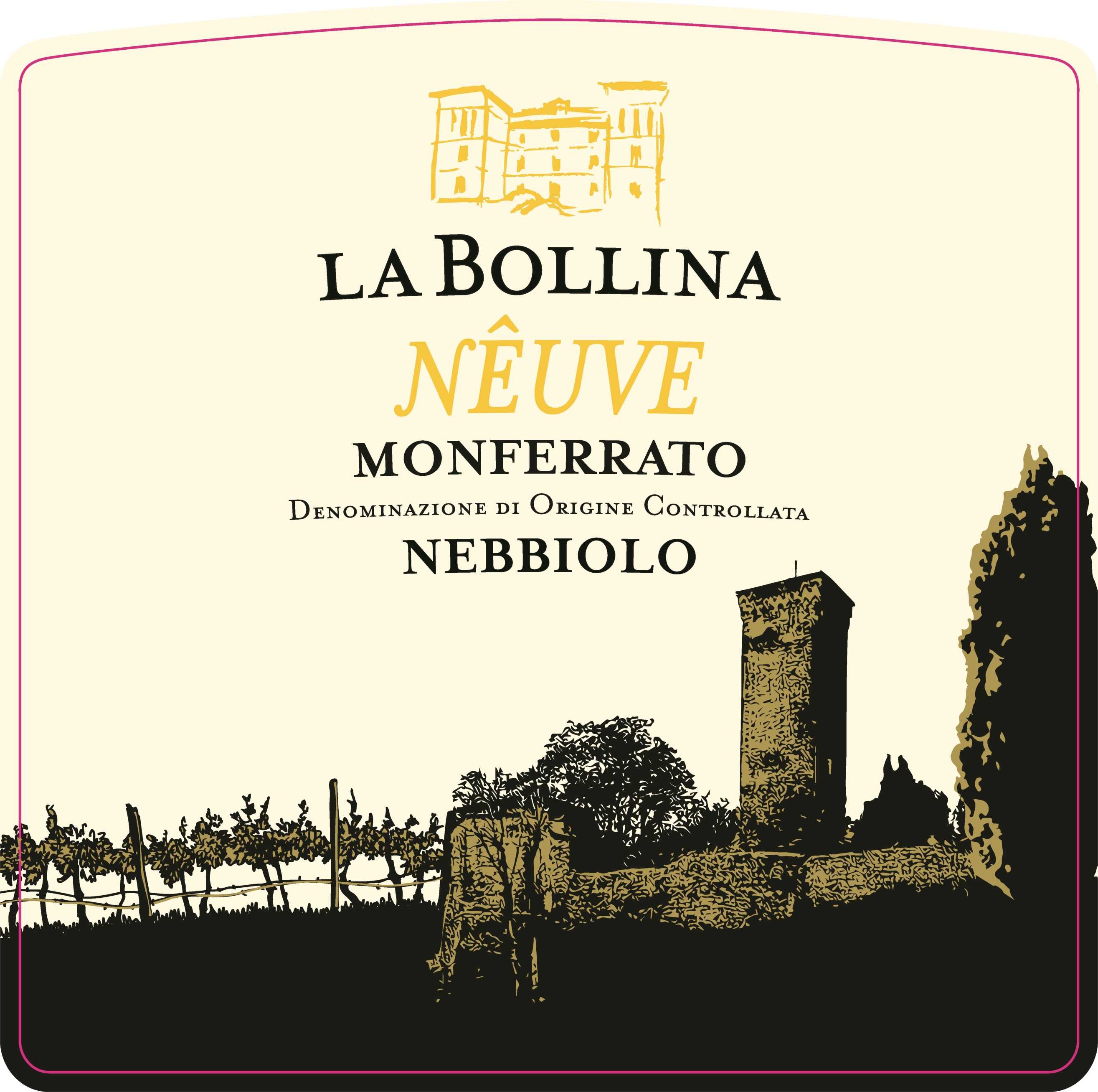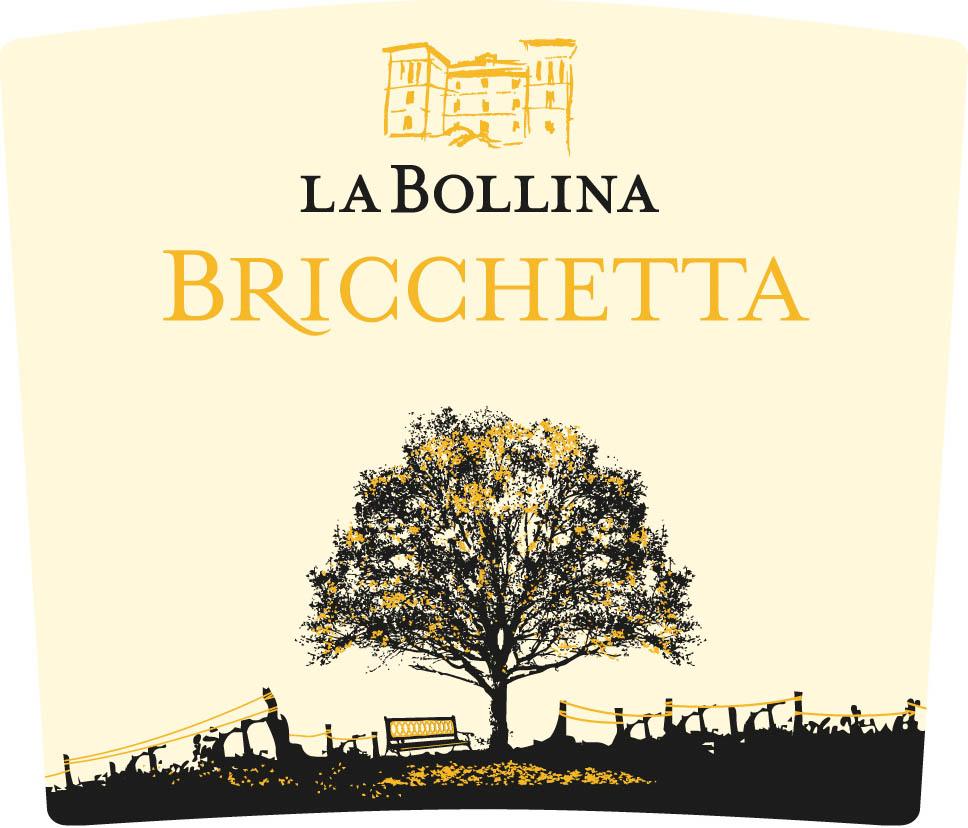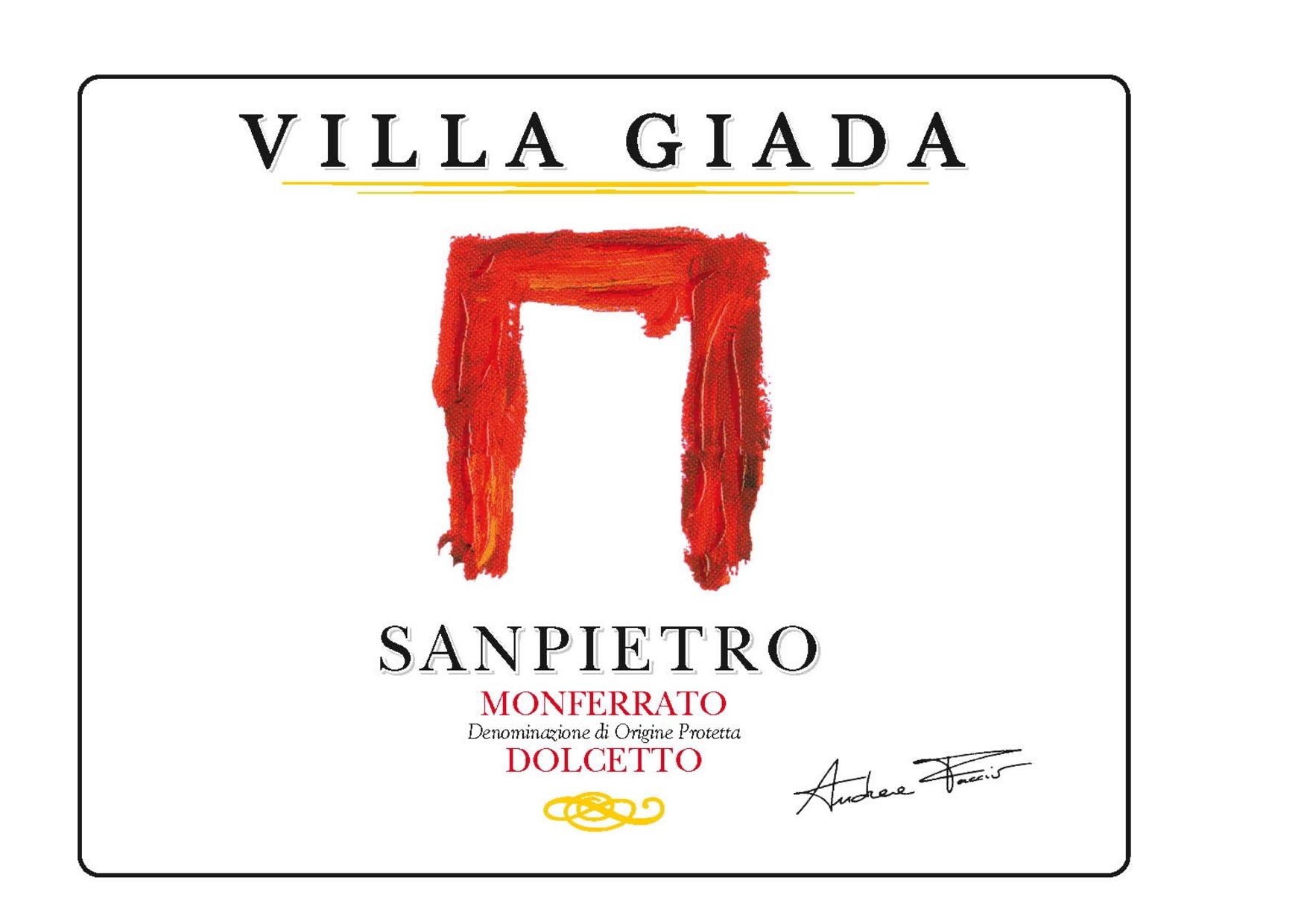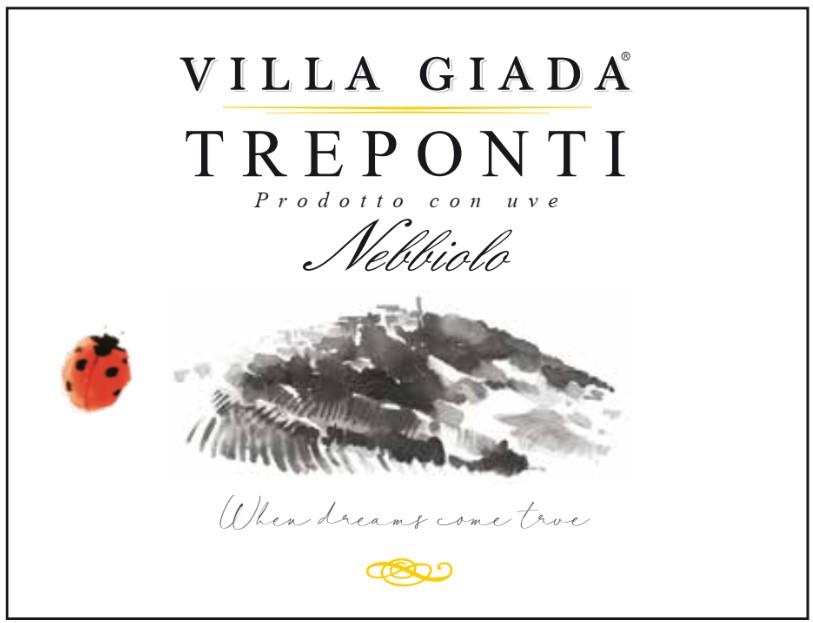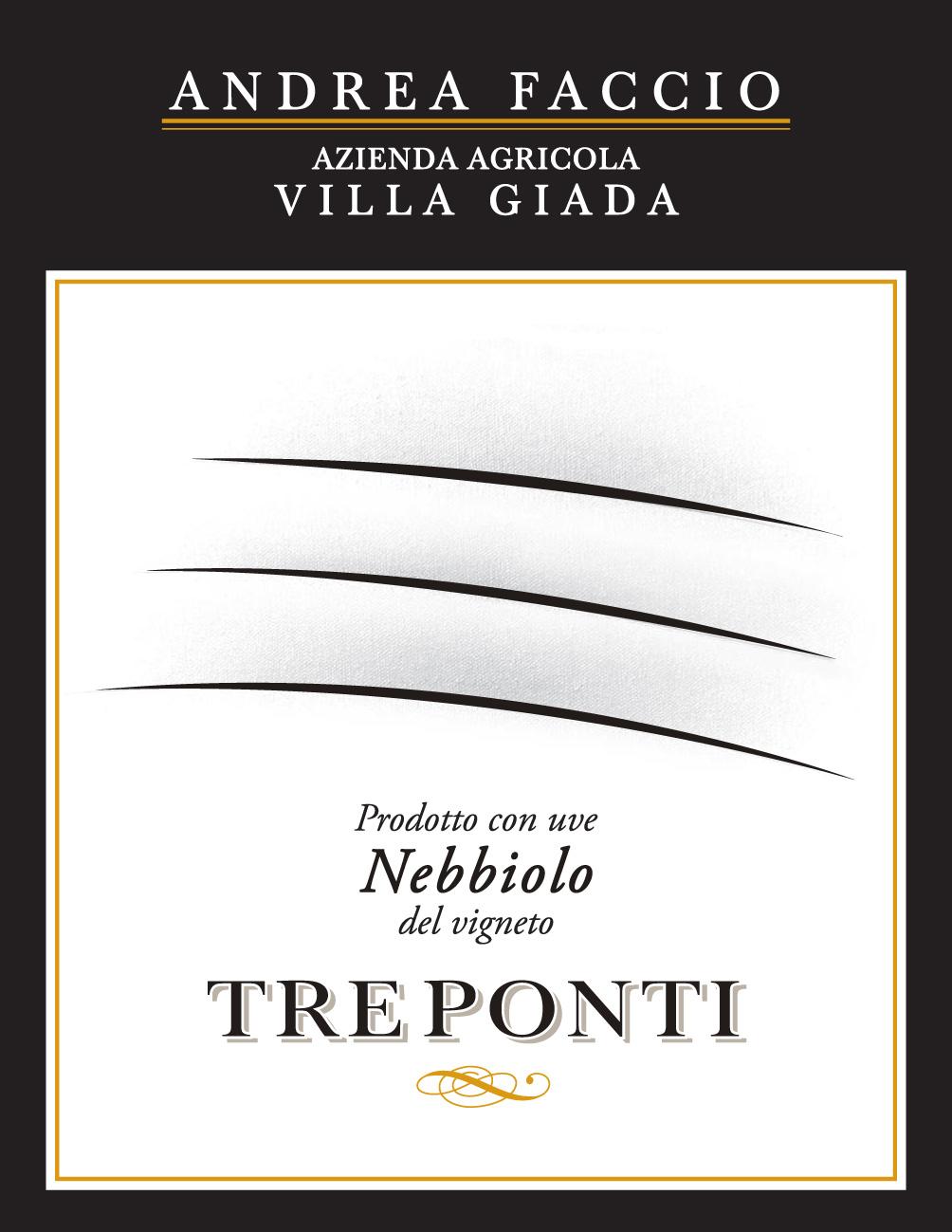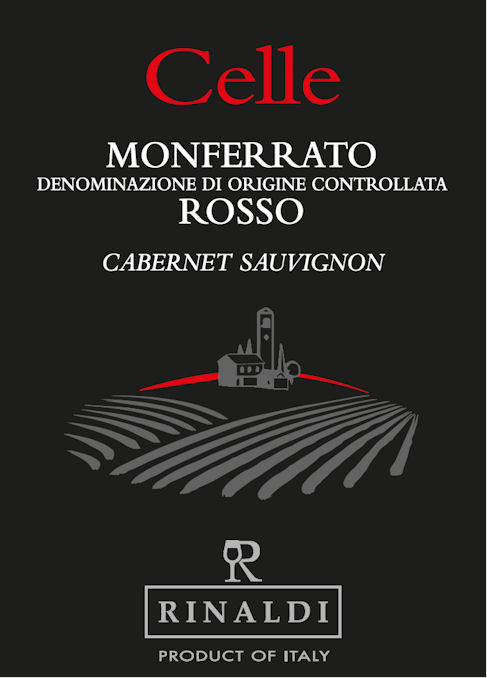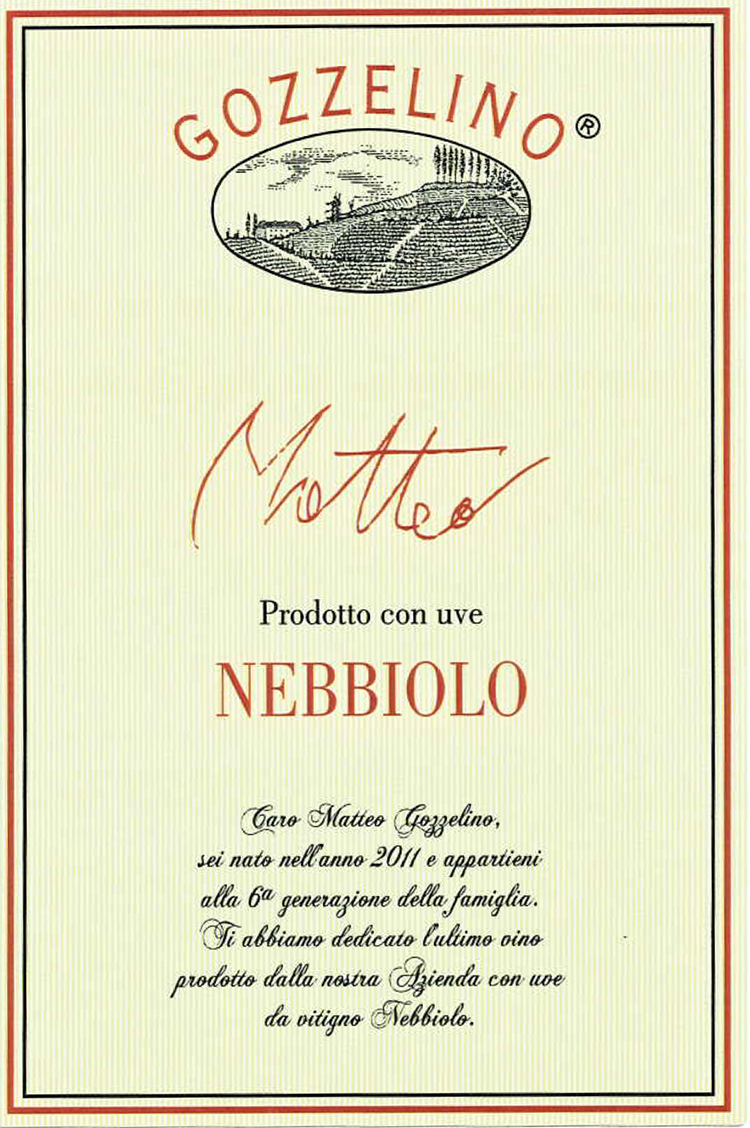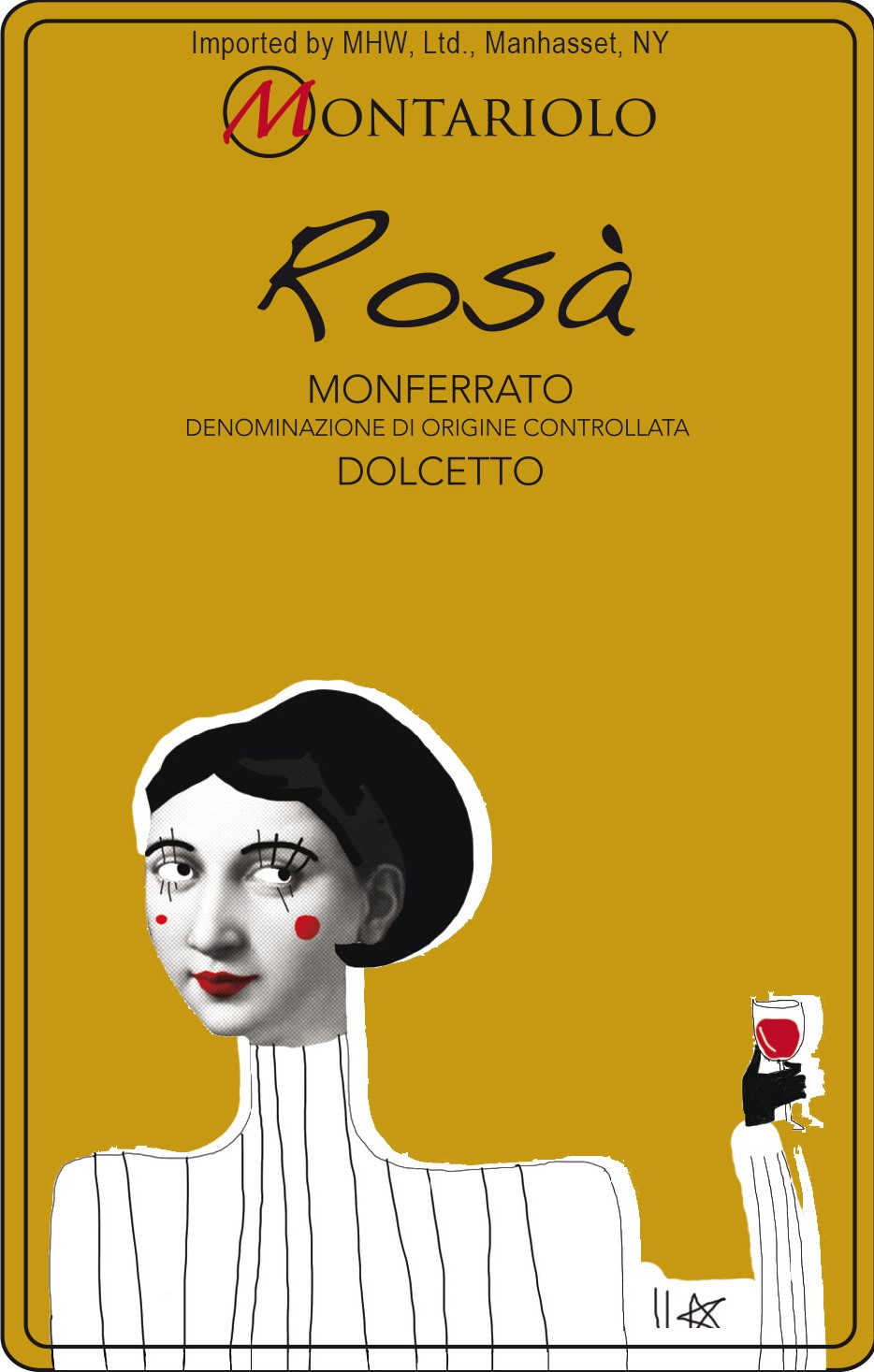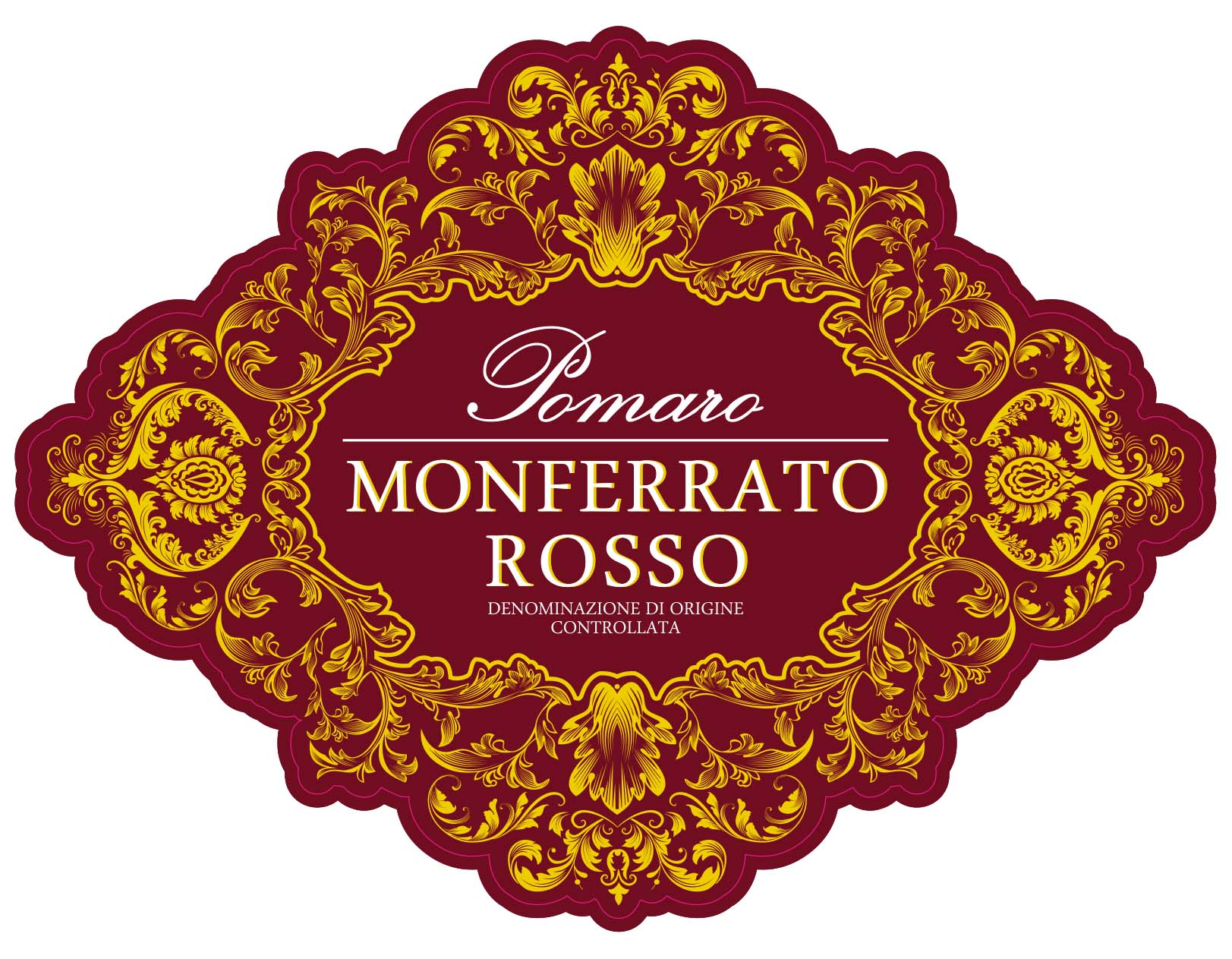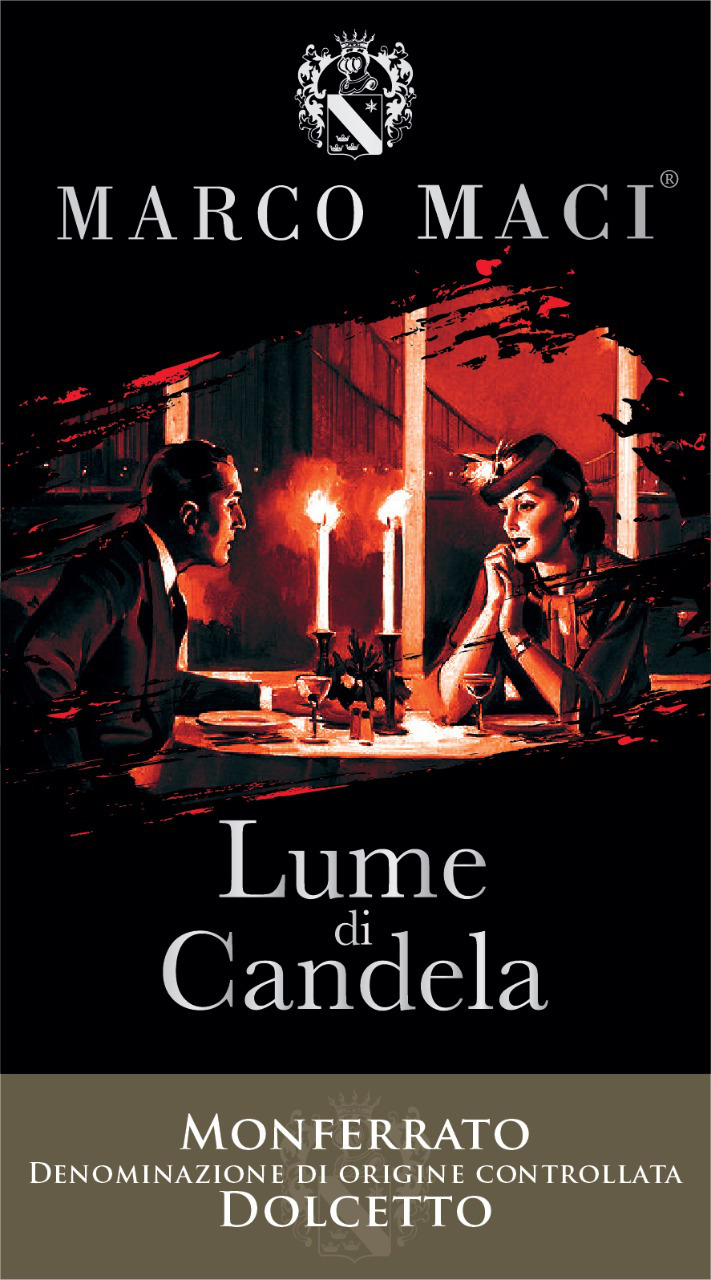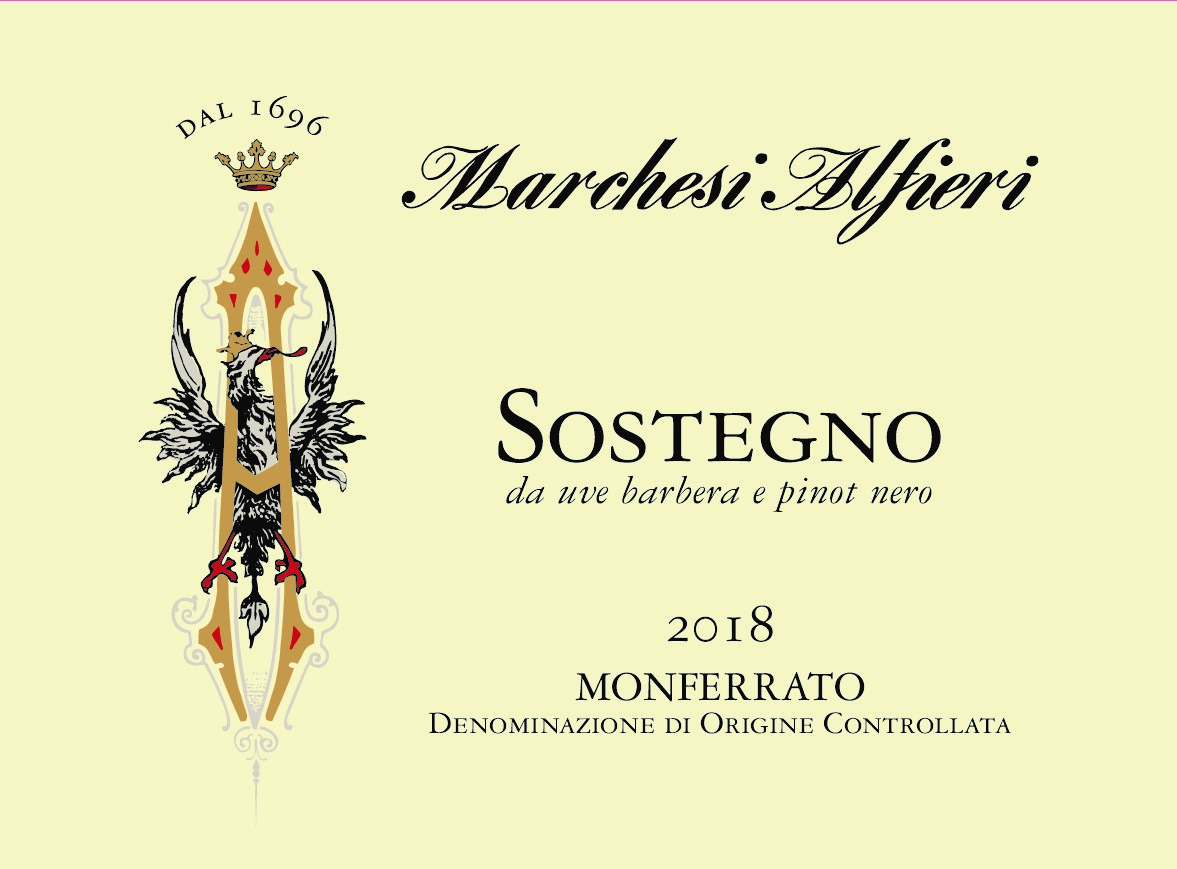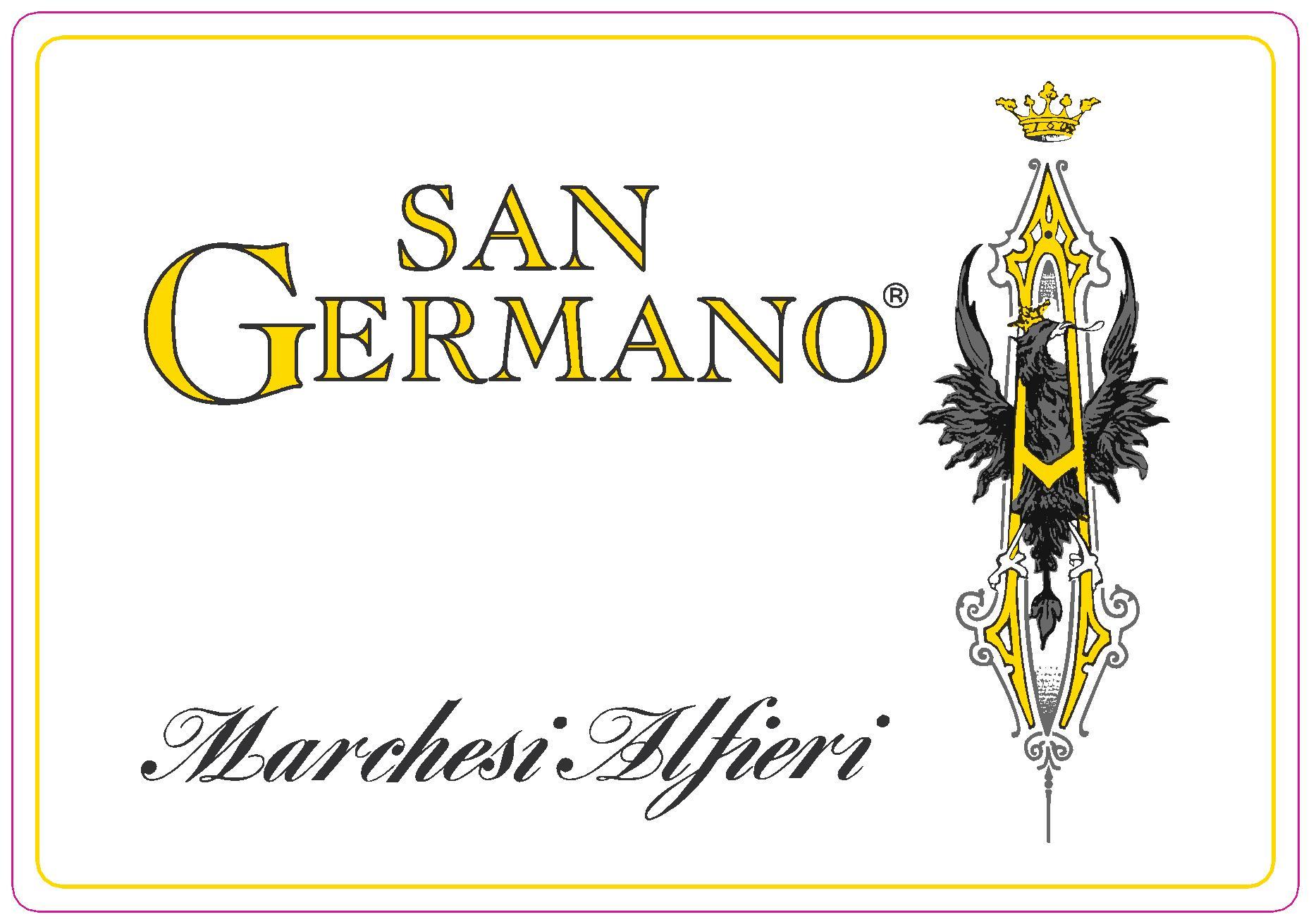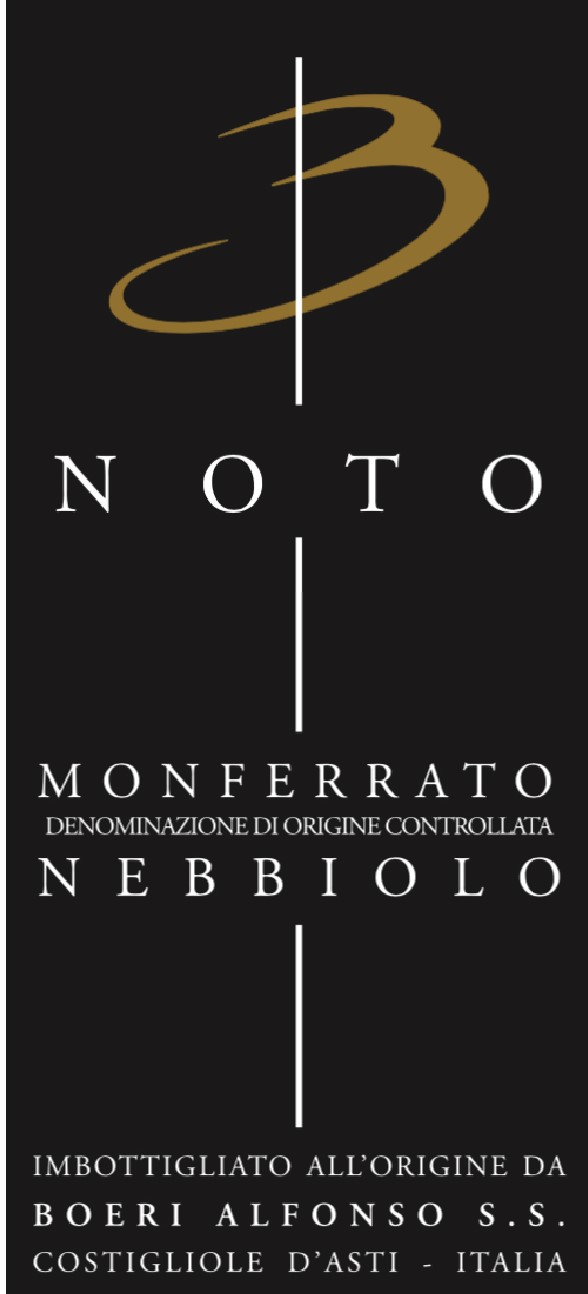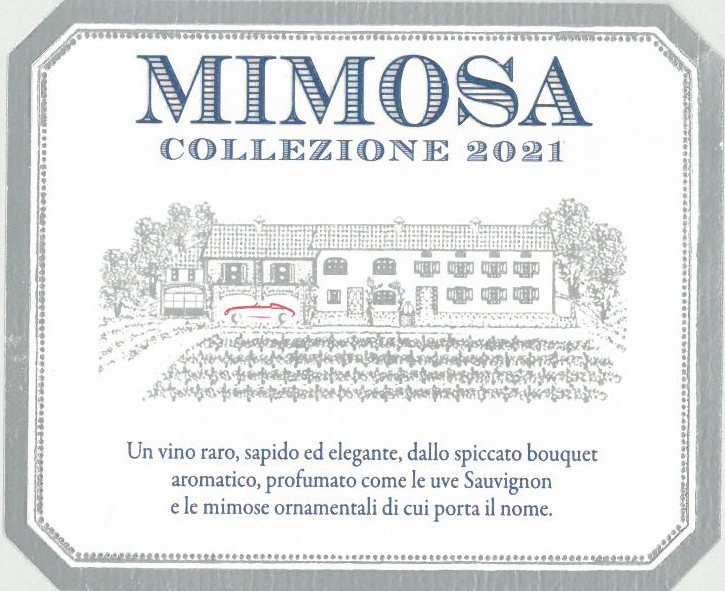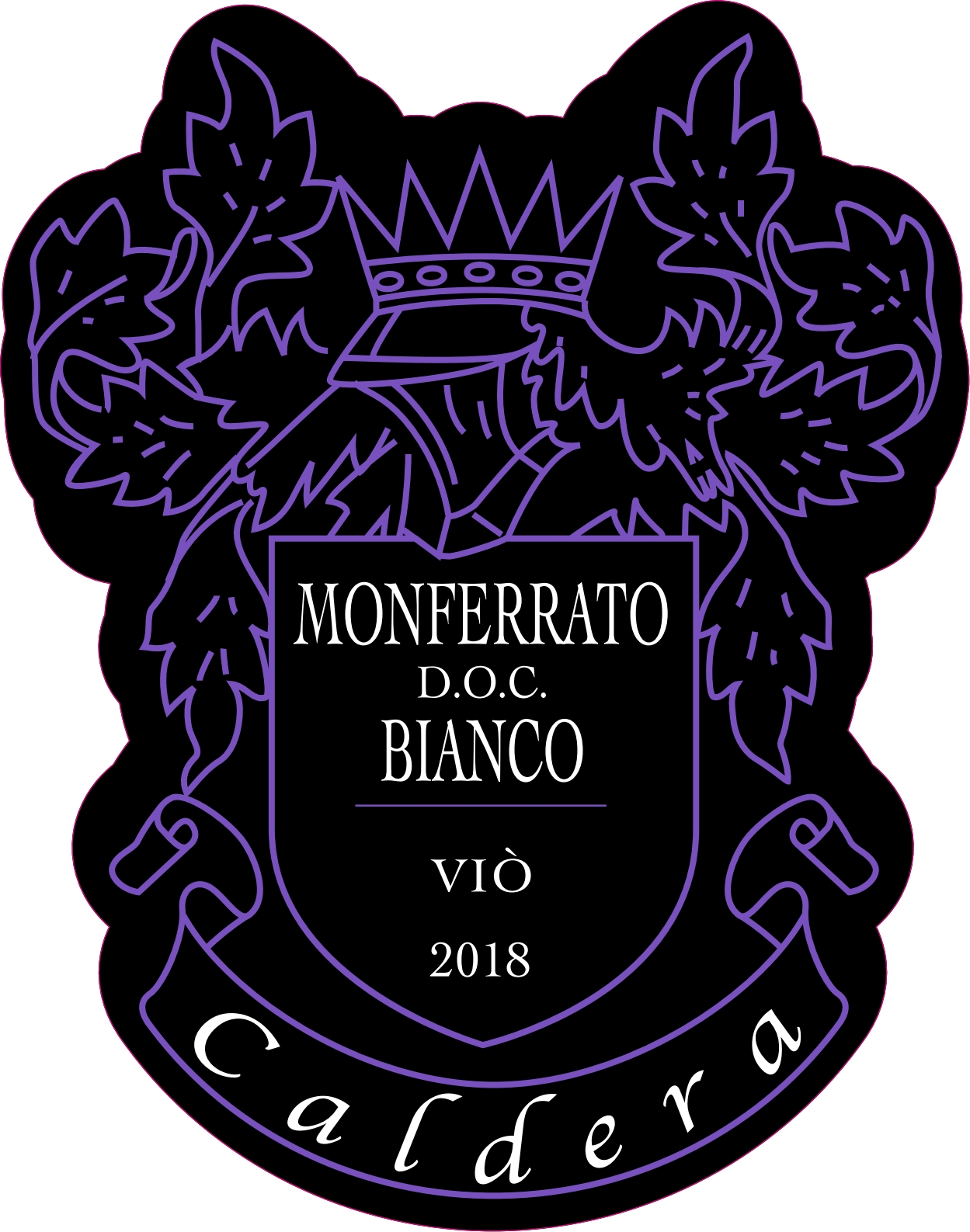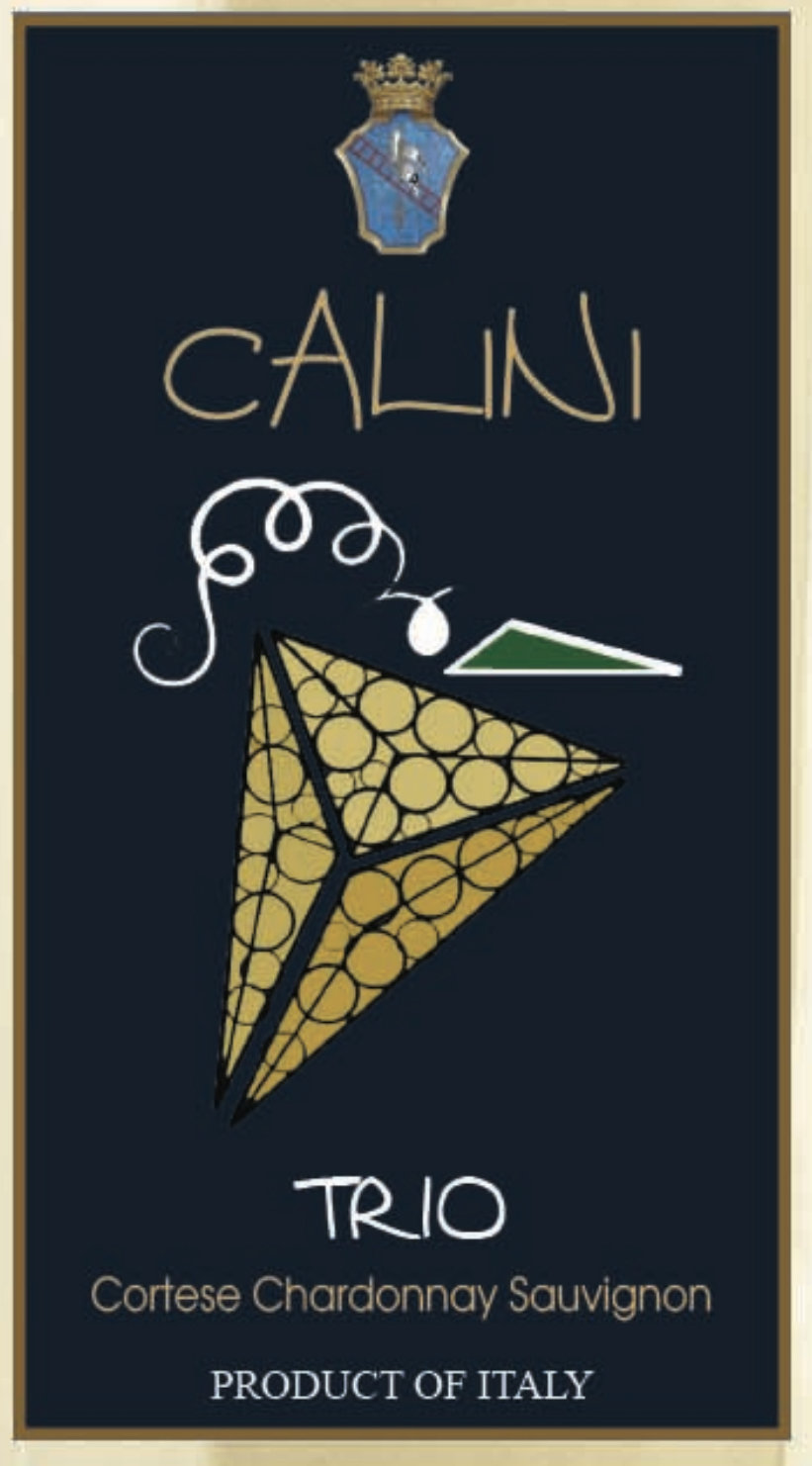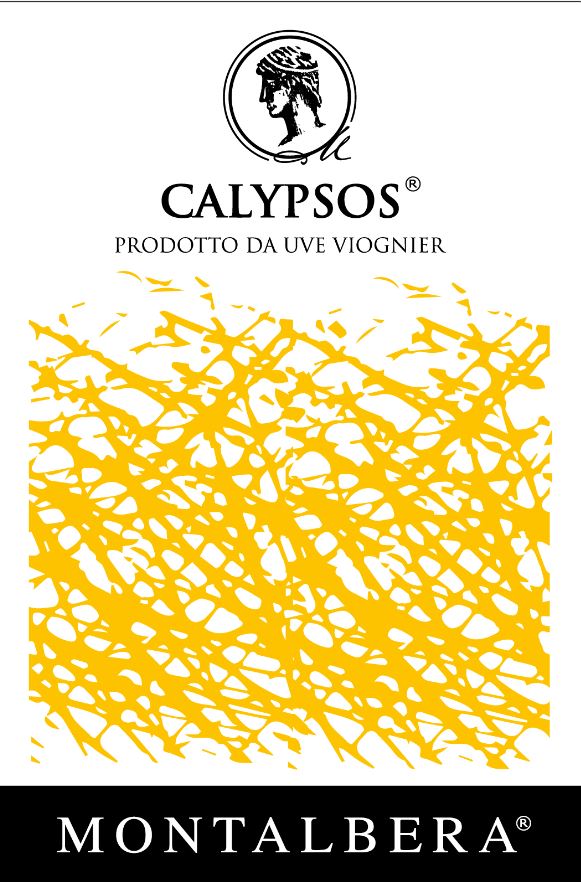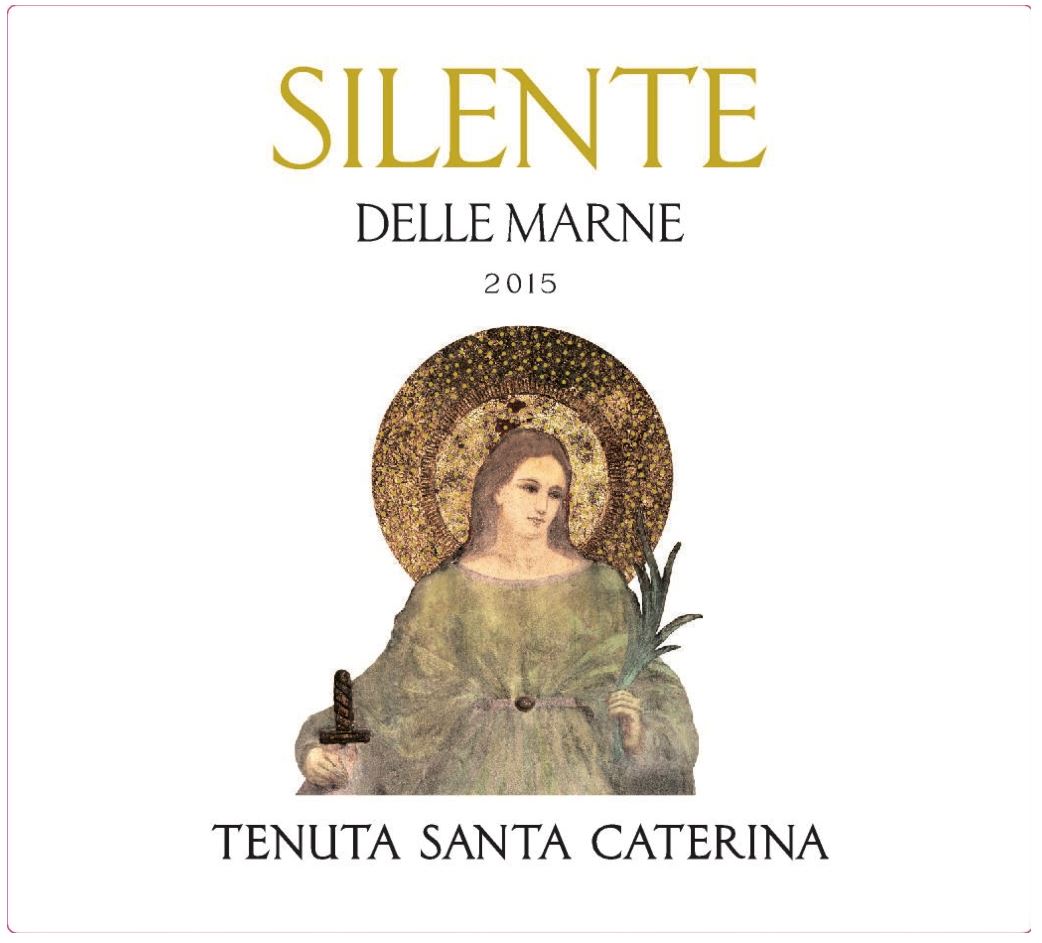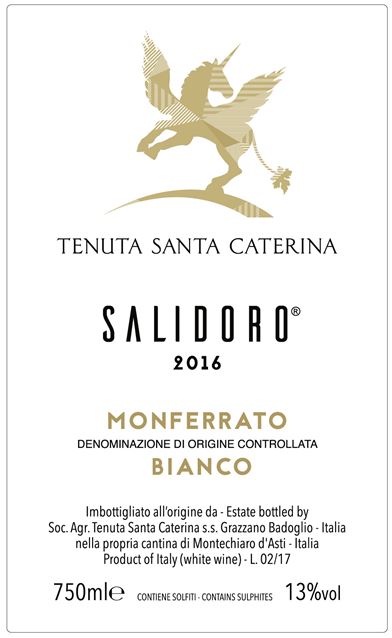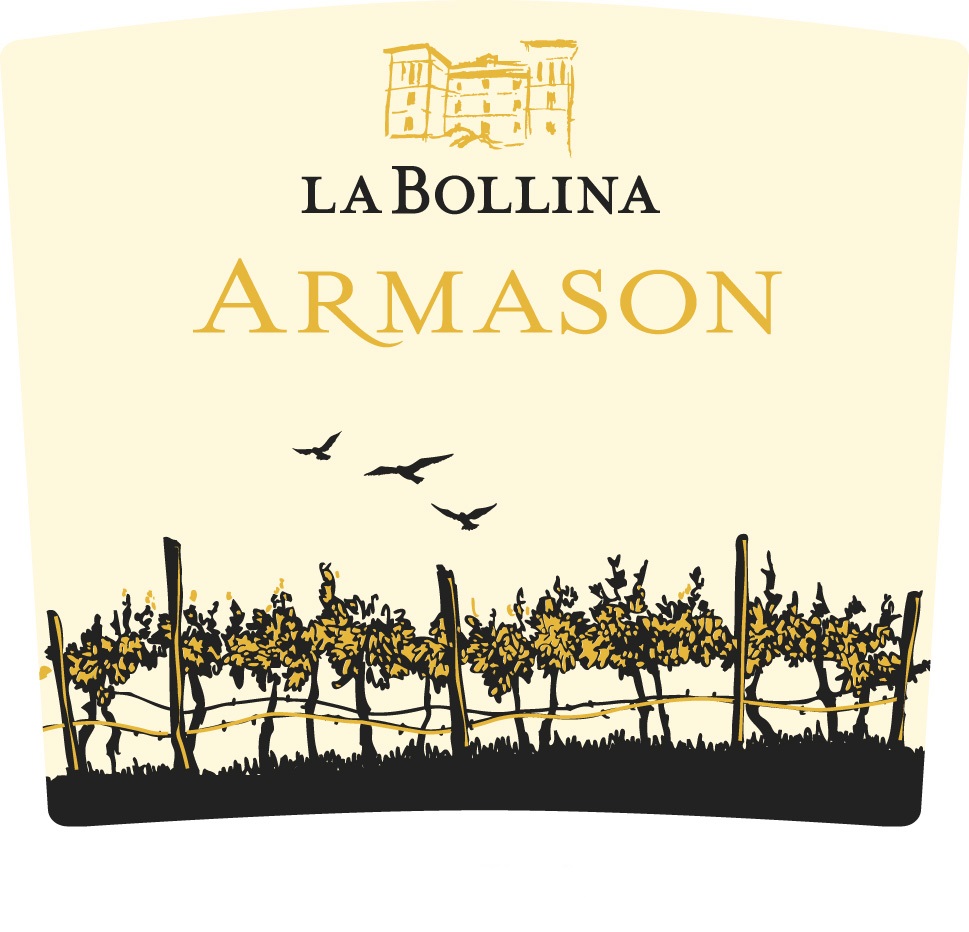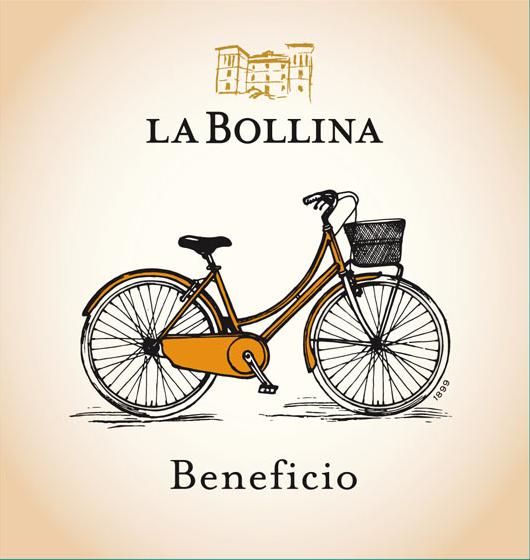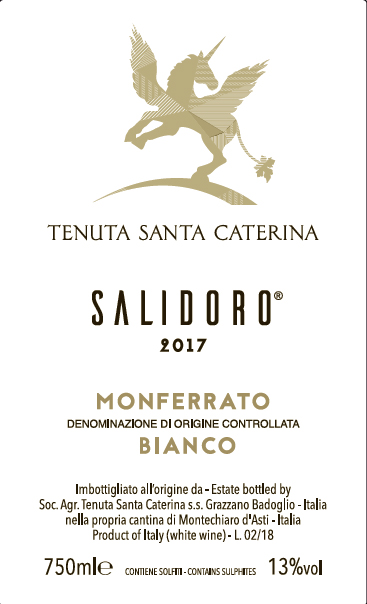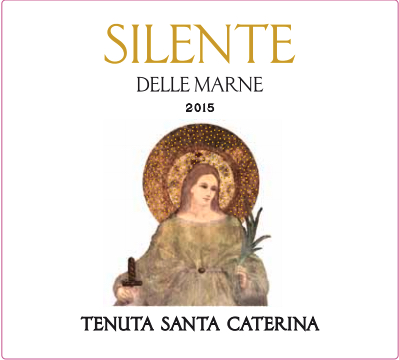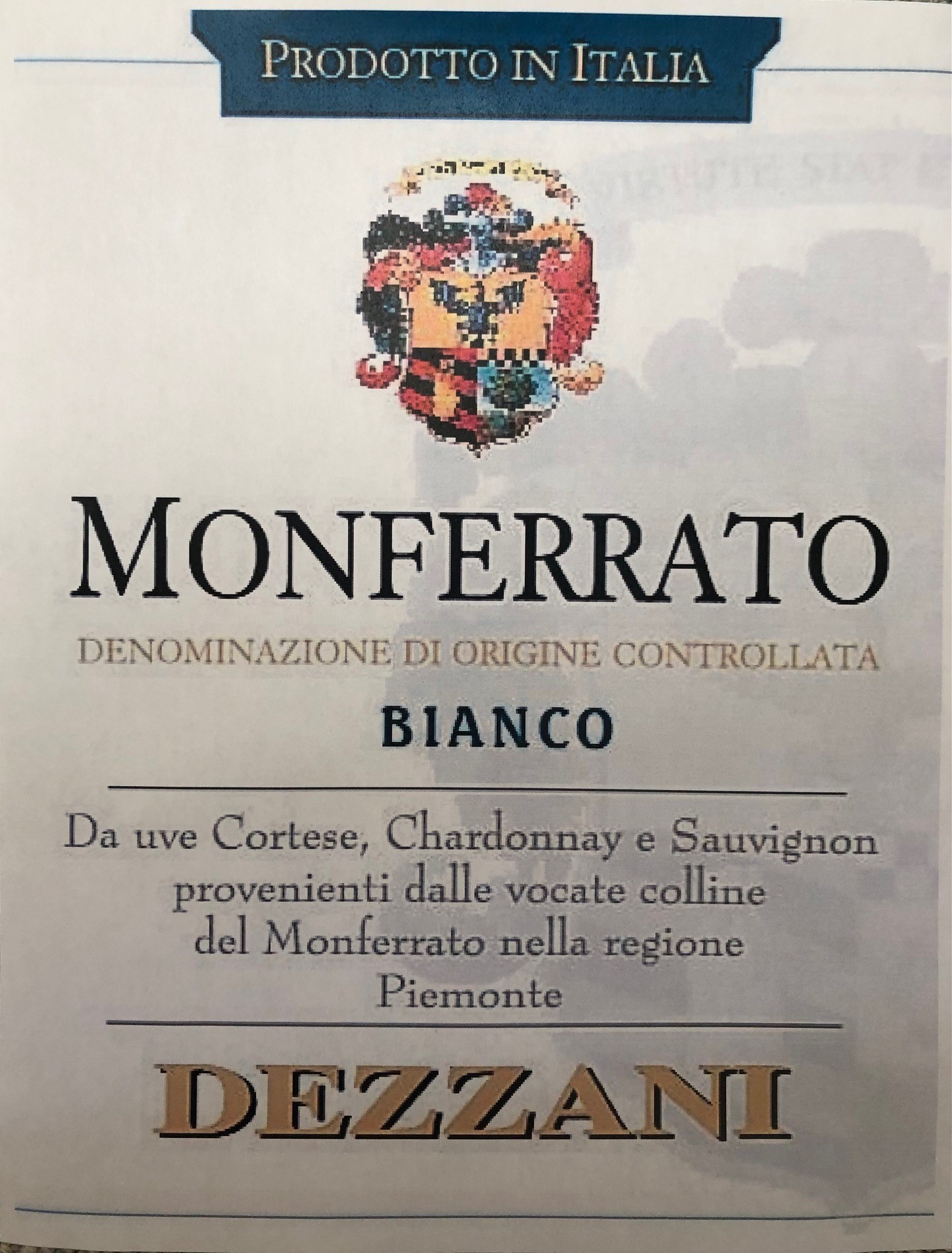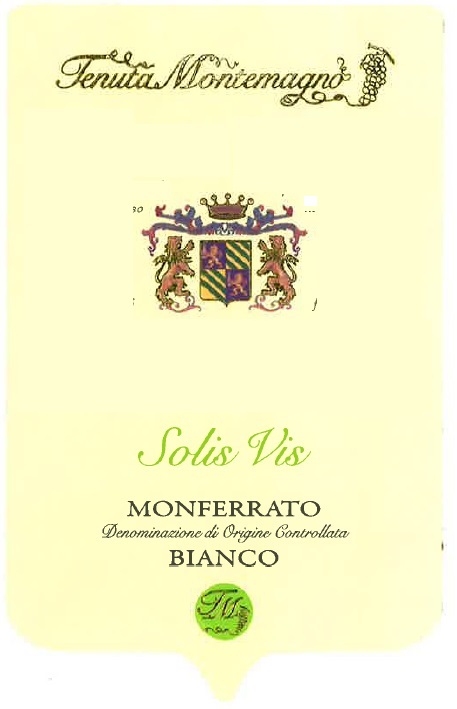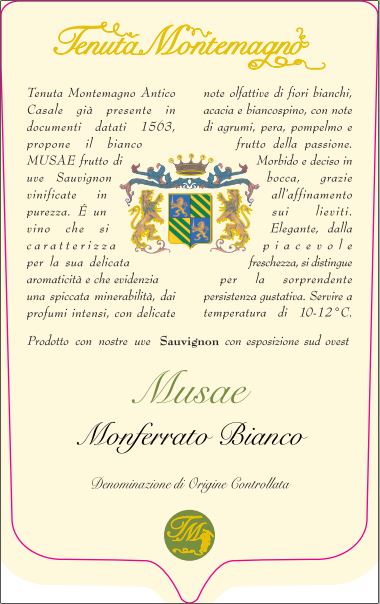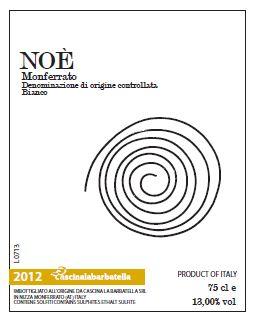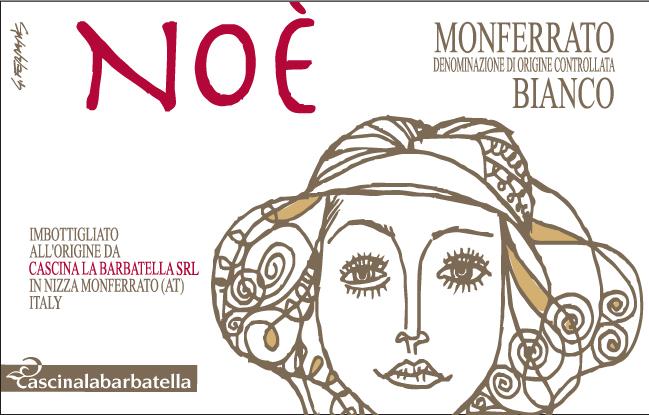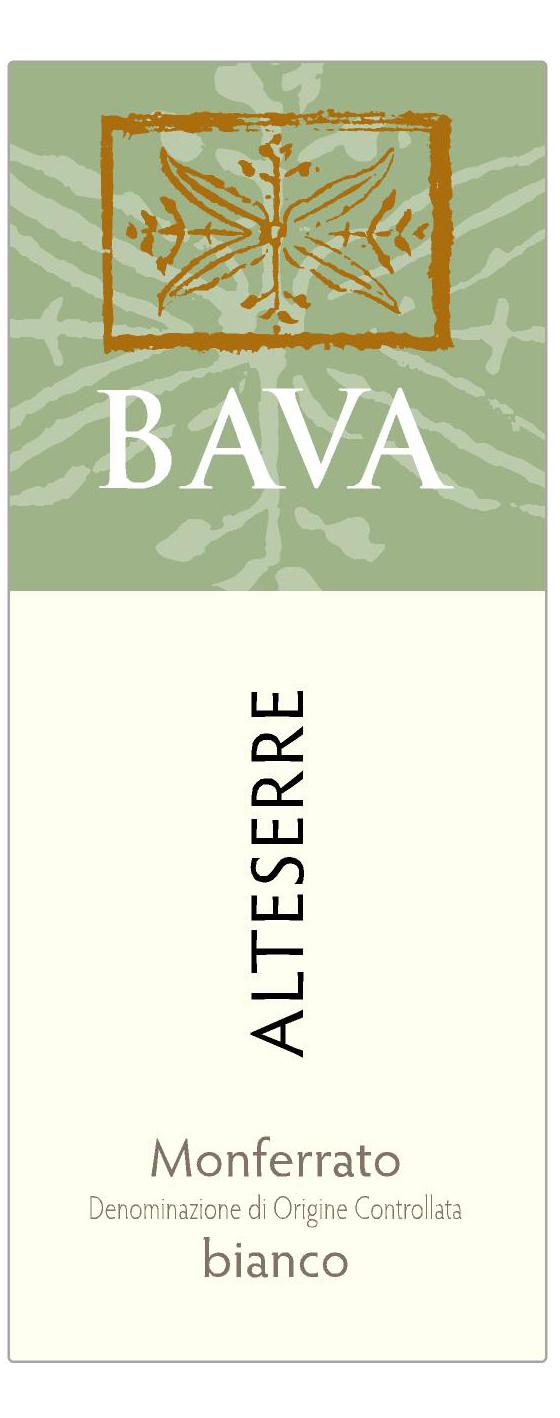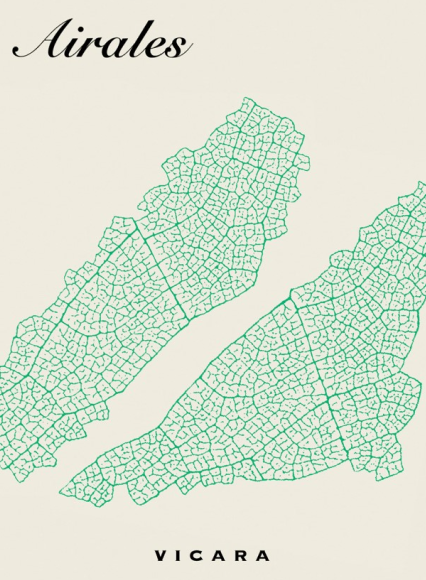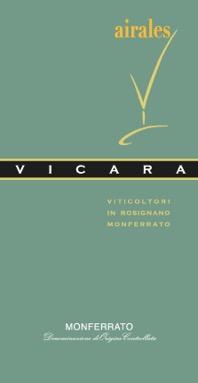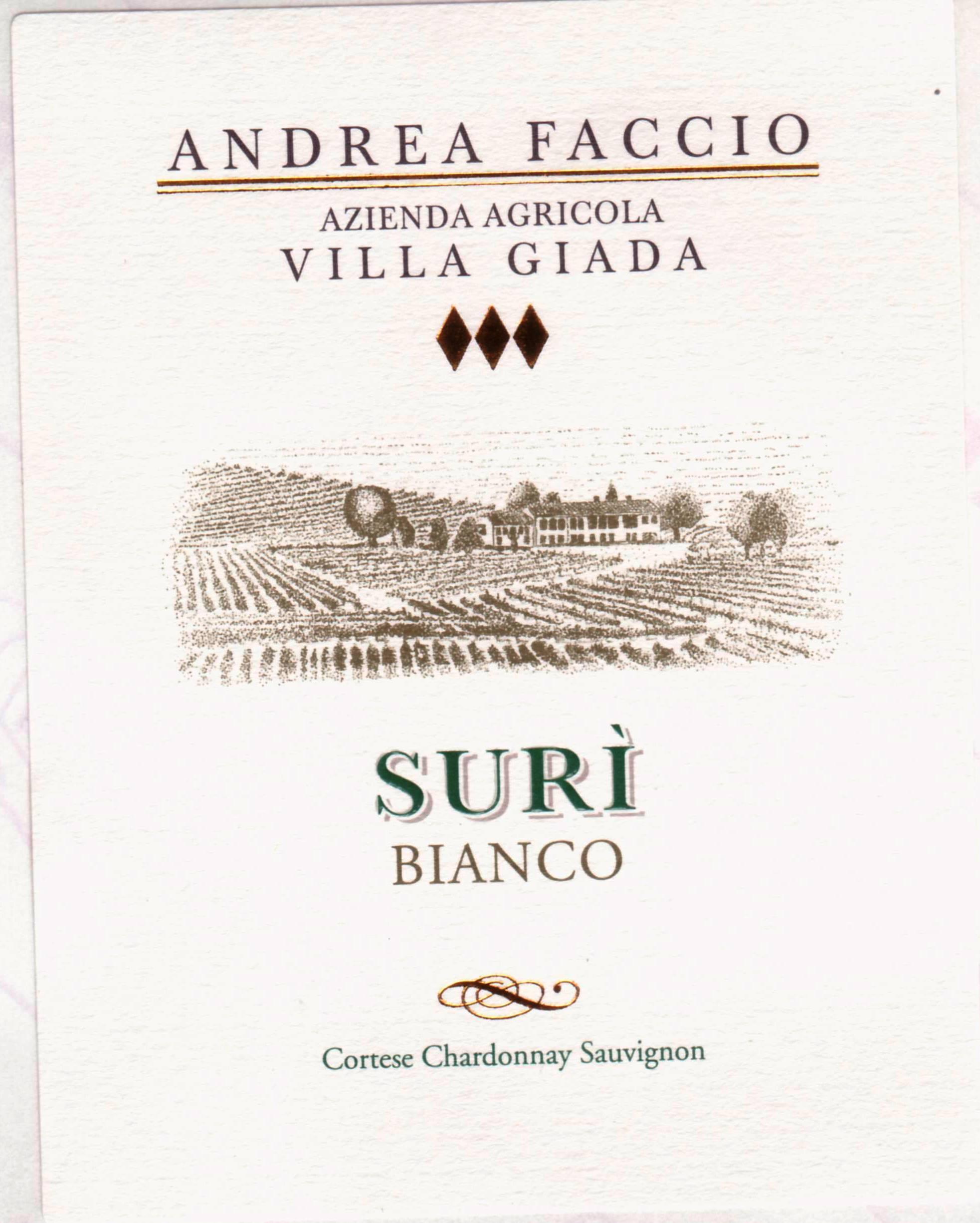Terroir of Monferrato
In Monferrato, diverse terroir is marked by rolling hills with soils of marine origin, like clays, sands, limestone, and tuff. The landscape shifts from gentle northern plains to steeper, sunlit southern slopes, forming various microclimates. These differences are key: warmer hillsides favor red grapes, while cooler areas near streams are better for whites.
The continental climate has hot summers and cold winters, softened by elevation and the nearby Apennines. Moderate spring and fall rains, with plenty of summer sun, help grapes ripen. These conditions lead to wines with ripe fruit flavors and lively acidity, especially in Barbera and Dolcetto. Well-draining, tuffaceous soils in important areas support vine health and balance, boosting the region's famous wine quality.
Notable Wineries in Monferrato
Monferrato stands as a testament to Italy's winemaking prowess, featuring a blend of family-owned vineyards and renowned producers. Key figures include La Spinetta, celebrated for its robust Barbera and Dolcetto, and Braida (Giacomo Bologna), renowned for the acclaimed Barbera d’Asti “Bricco dell’Uccellone.”
Michele Chiarlo sets benchmarks for Nizza and Barbera d’Asti wines, while Prunotto is esteemed for its Barbera from Agliano. Forteto della Luja captivates with Loazzolo passito and Barbera, and Cascina La Barbatella excels with Barbera and Nizza. Scarpa and Tenuta La Pergola are reliable choices for classic Barbera and local reds. Coppo distinguishes itself with Barbera, traditional-method sparkling wines, and Moscato d’Asti. Together, these wineries shape Monferrato's diverse and vibrant wine landscape, reflecting the region's rich history and unique terroir.
Sustainable Winemaking in Monferrato
Monferrato is making strides in sustainable winegrowing, with many farmers adopting eco-friendly practices. Emphasizing organic and biodynamic certifications, the region aims to protect its UNESCO World Heritage landscape. Cover crops prevent erosion on the scenic hillsides, while integrated pest management reduces reliance on synthetic chemicals, maintaining a healthier ecosystem.
Native yeasts are increasingly used in fermentation, minimizing sulfur use and preserving the natural flavors of the region’s diverse wines, from Barbera to Ruché. Efforts to improve soil health and boost biodiversity are central, with careful water management ensuring the vineyards’ longevity. These sustainable practices not only safeguard the environment but also enhance the quality of Monferrato’s renowned wines, preparing the region for a resilient future.
Wine Tourism in Monferrato
Monferrato offers an immersive wine tourism experience with its scenic vineyard landscapes and historic charm. This UNESCO World Heritage site invites exploration of its unique "infernot" cellars, hand-carved underground chambers found in villages like Camagna and Olivola.
-
Enoteca Regionale di Nizza: Enjoy tastings of local wines paired with regional delicacies.
-
Historic Villages: Wander through Moncalvo and Vignale, each offering rich history and stunning views.
-
Medieval Castles: Discover the architecture of Gabiano and Uviglie.
-
Wine Trails & E-bike Routes: Explore the vineyards at your own pace, surrounded by natural beauty.
-
Annual Events: Celebrate the region's wine heritage at harvest festivals and Barbera fairs.
Monferrato's wine tourism blends cultural heritage with vinous exploration, offering a unique glimpse into the heart of Italian winemaking.
